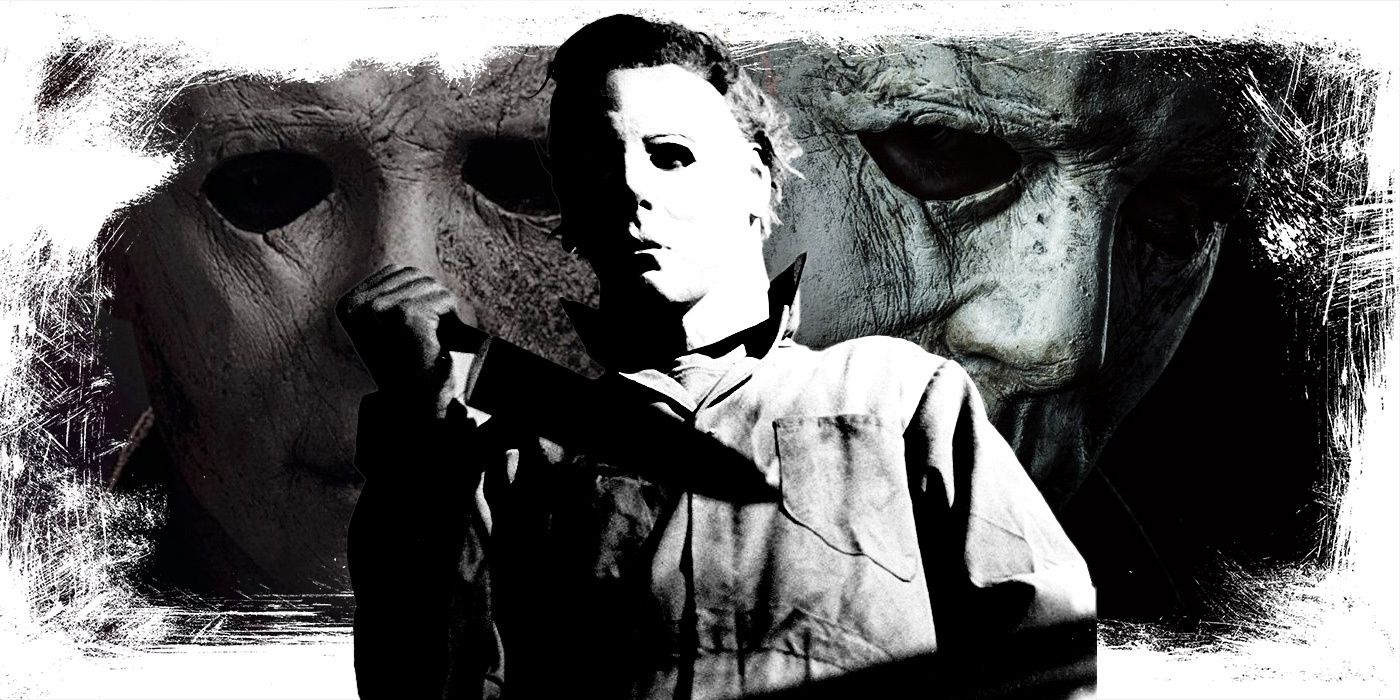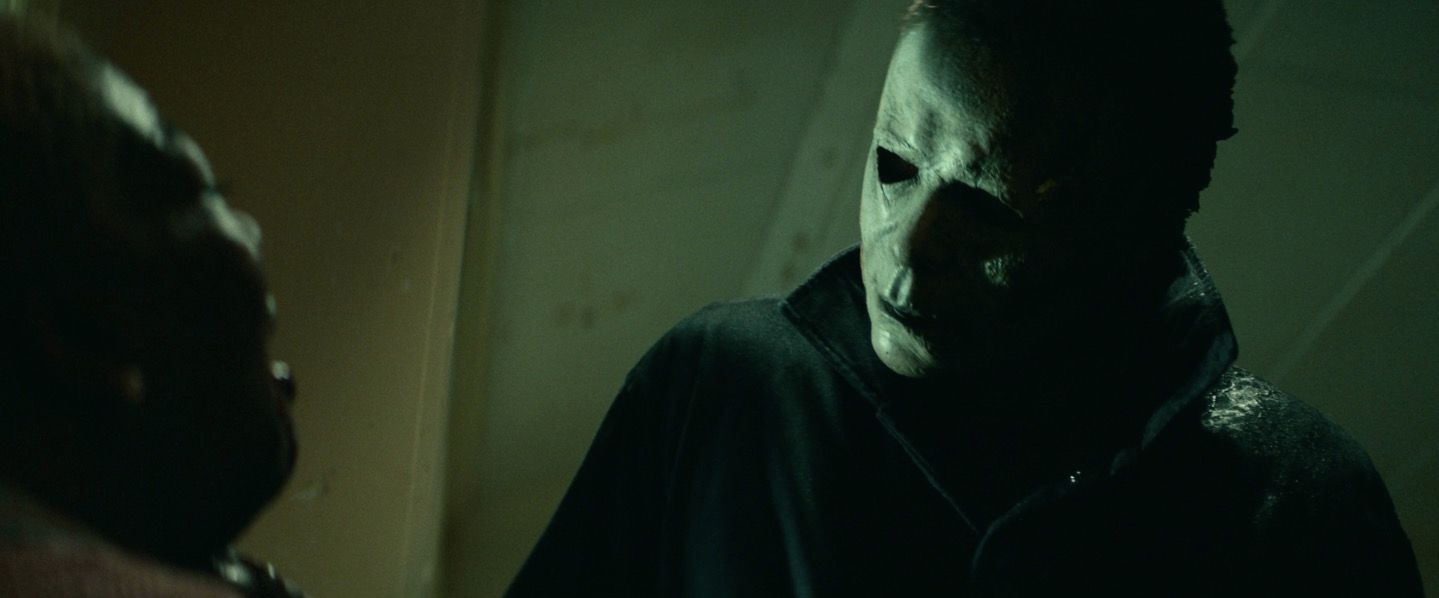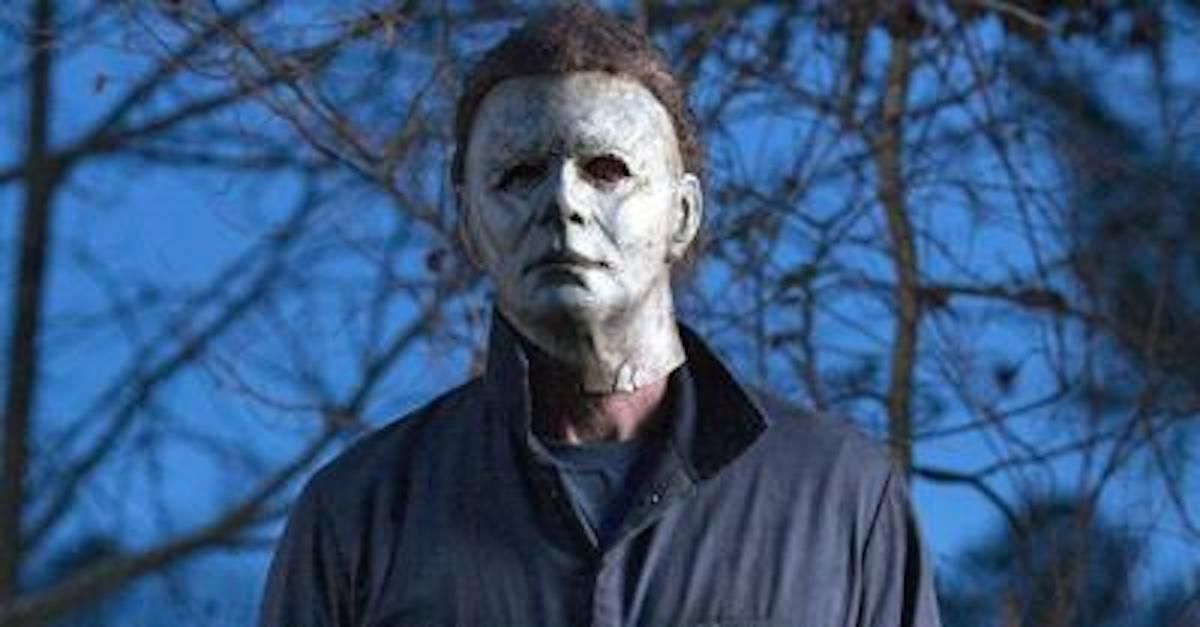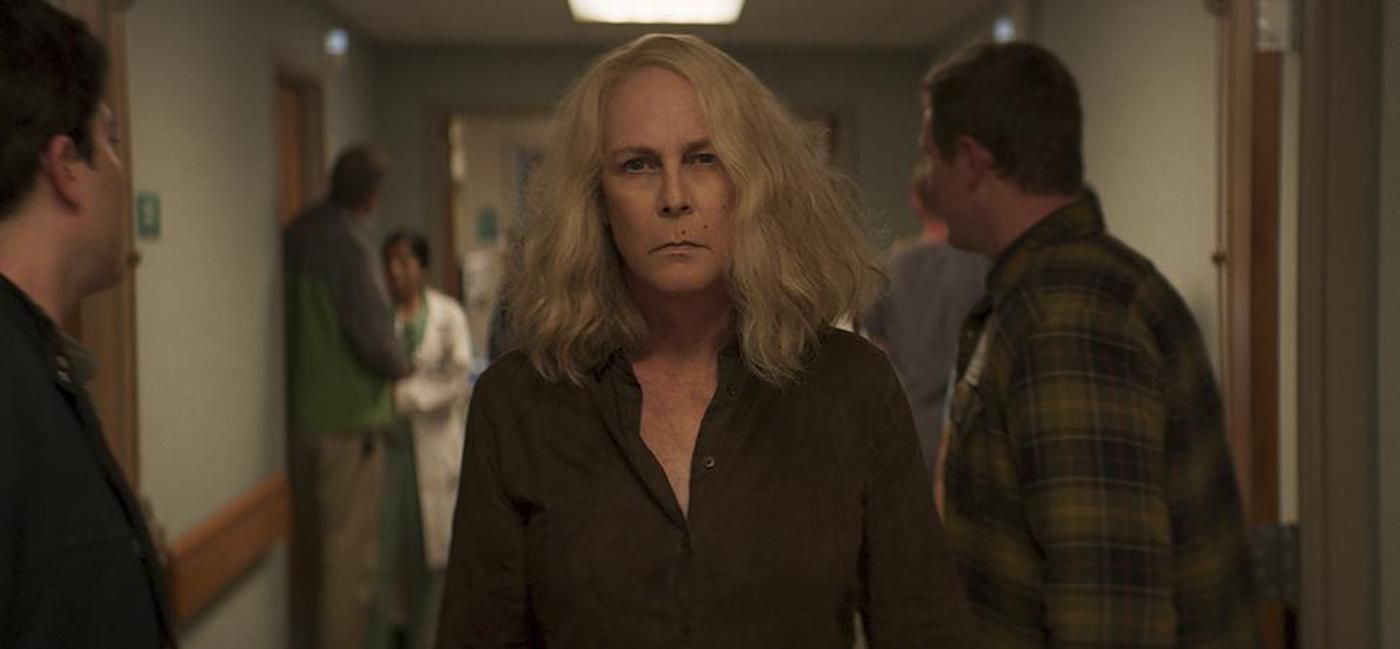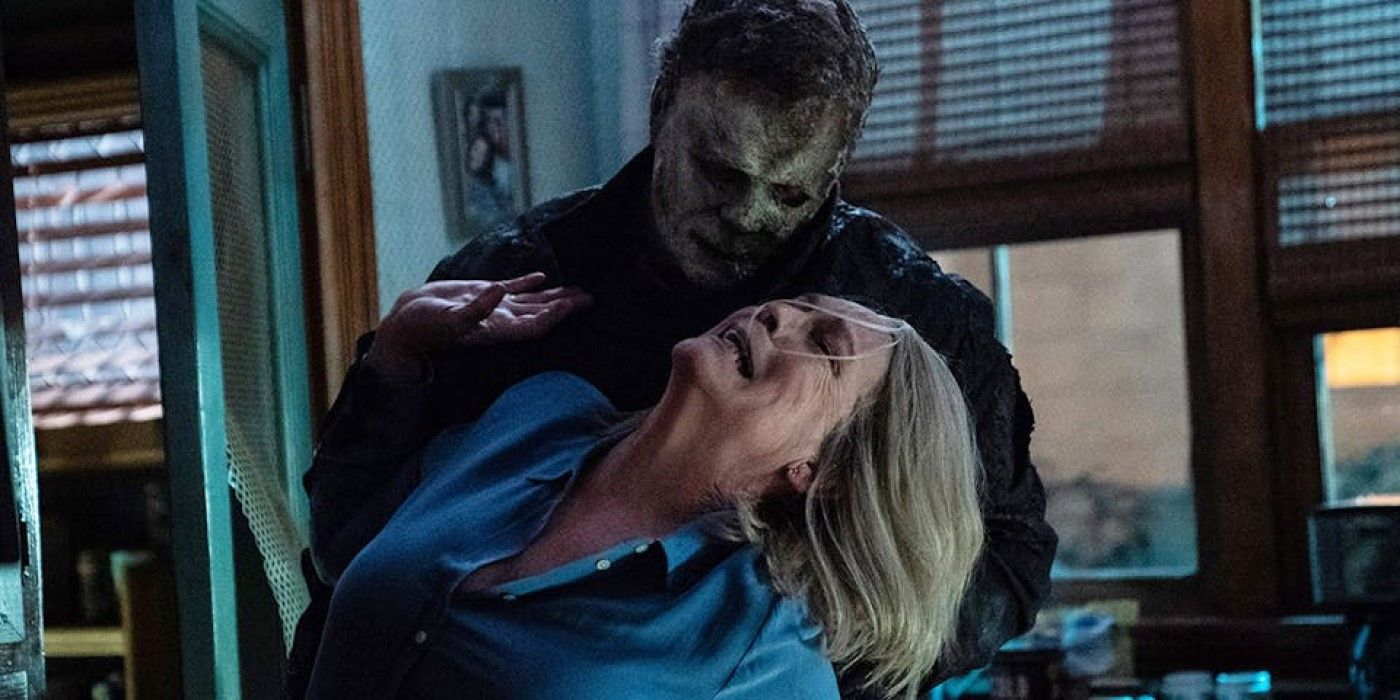The Big Picture
- Halloween (2018) successfully stripped away the convoluted sequels and returned Michael Myers to his original role as a simple, terrifying boogeyman.
- The film captured the essence of the original with Jamie Lee Curtis's strong performance and John Carpenter's haunting score.
- While not perfect, Halloween (2018) was a critical and commercial success that demanded a follow-up, but Halloween Kills failed to capture the fear and suspense of its predecessor.
In 2017, horror fans were ecstatic when it was announced that the king of the slashers, Michael Myers, would be returning in a new film. While there was some confusion in the choice of director (David Gordon Green was best known for the stoner comedy Pineapple Express), doubts were soon calmed when details of the new take on the series came out. For decades, the story of The Shape had become more and more outlandish. It started in the original Halloween 2 when it’s revealed that Michael (Dick Warlock) and Laurie Strode (Jamie Lee Curtis) are brother and sister. It went off the rails with a cult subplot in later films and Rob Zombie’s vision that saw Michael as a hulking madman who kills because he was bullied and misses his mom.
We were promised a different approach this time. The new Halloween wouldn’t be a remake, and it wouldn’t be a traditional sequel. Instead, it would strip away the mess of the sequels and pretend they never happened. Michael and Laurie were never related. There was no cult. Co-writer Danny McBride (a frequent collaborator with Green) said that they wanted to get back to what made the original so successful. “I want to be scared by something that I really think could happen. I think it's much more horrifying to be scared by someone standing in the shadows while you're taking the trash out," he told Empire Film Podcast.
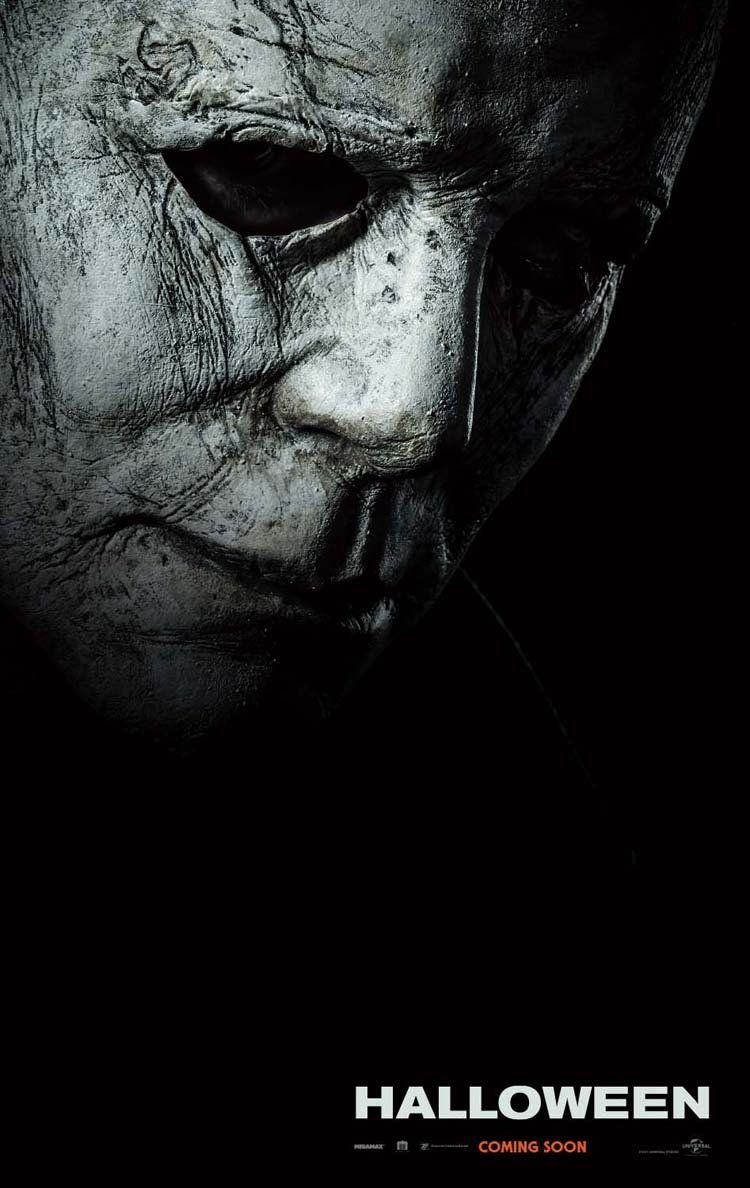
Halloween (2018)
Laurie Strode confronts her long-time foe, Michael Myers, the masked figure who has haunted her since she narrowly escaped his killing spree on Halloween night four decades ago.
- Release Date
- October 18, 2018
- Director
- David Gordon Green
- Cast
- jamie lee curtis , Judy Greer , Andi Matichak , James Jude Courtney , Nick Castle , Haluk Bilginer
- Main Genre
- Horror
2018's 'Halloween' Brings Michael Myers Back To Being The Shape.
With their pitch having received the blessing of original Halloween director John Carpenter, who was so won over that he even agreed to provide the score for the new outing, it seemed something great was forming. Most importantly, Jamie Lee Curtis, the Scream Queen herself, had been coaxed into returning one more time. Even Nick Castle, who portrayed Michael in the first film, was coming back to co-play the Shape again in a limited role.
The ingredients were there to make something spectacular. The finished product of Halloween (2018) mostly delivered on what fans were promised. The weight of the sequels had been lost. Michael Myers was back to being the boogeyman, a simple, unknowable force. He looked scary again. Part of this came just from getting the look of the mask right, an assumably easy process that many of the sequels failed badly at. While Nick Castle’s presence is limited to a five-second scene, his replacement, James Jude Courtney, is intimidating in his portrayal of Myers. John Carpenter’s score was haunting, and the music in the film was the best since the original. Jamie Lee Curtis nailed her Sarah Connor-like performance as the victim who becomes the pursuer, and Judy Greer and Andi Matichak easily held their own with the horror legend. It wasn’t a perfect movie. There was too much comedy. The gore was overdone in spots (one victim’s head is stomped like a pumpkin). And there wasn’t as much of Michael hiding in the shadows. This Shape was angrier, set to kill anyone in his path. Still, the film was a critical and commercial success that demanded a follow-up.
Michael Myers Becomes a Mindless Killer in 'Halloween Kills.'
In October 2021 we received the first of two new installments, Halloween Kills. This new entry lived up to its title. Everything that worked on Halloween (2018) is completely dismissed. For starters, Jamie Lee Curtis is placed in the background in a meaningless role that requires her to lay in a hospital bed for most of the run time. She never once interacted with The Shape. The worst sin is that Halloween Kills becomes another run-of-the-mill slasher. Five people died in all of Halloween (1978). Here, nearly thirty souls meet their end at Michael’s hand. Throats are slashed, stomachs impaled, heads caved in, eyes gouged out. Gallons of blood and guts flow. Anyone that Michael sees dies, and we don’t care about most of them. They’re not people, just bodies. In two scenes, Michael is confronted by about a dozen people. He easily dispatches them all in ways that even John Wick would be proud of. Throughout, The Shape disappears. It’s no longer Michael Myers, but a killer in a mask. He may as well be Jason Voorhees.
Everything scary about Myers is destroyed in Halloween Kills. Even the filmmakers agreed that what made him so scary in the original was his quiet, ghostly presence. He was a white face lingering in the dark who could strike whenever he wanted, but who always took his time. They failed to remember this. Here he is nothing more than a madman who lives to kill.
The biggest sin the sequels commit is that they forget who Michael Myers is. There is always this need to explain, to make up reasons for his madness (he kills because Laurie is his sister! He kills because he’s in a cult!), when the motivation has always been right there. In the original Halloween, we first meet a six-year-old Michael in 1963 as he stabs his sister to death. The initial hint of the reason for his madness can be seen in the POV shot that shows Michael watching the knife in his hand go up and down. He is in awe of what he’s doing. We then see the blank detachment after his sister is dead. His mind is gone now. All that exists is what he’s done.
Michael Myers Becomes Motivated By the Build-Up to the Kill.
For fifteen years Michael is catatonic, playing his sister’s death on repeat in his mind, until finally the obsession is too much, and the need to recreate that night wins. When Michael escapes from a psychiatric hospital, we see him as someone who can jump and move fast, and who can drive a car. There is still something human inside him. There is no desire to kill Dr. Loomis or Marion Chambers when he steals their car. He only wants to get away. His desires are elsewhere. When he puts on the mask, his demeanor changes. His movements slow dramatically, just above catatonic. In his mind, it’s 1963. He is still a child and his childhood fascination with killing propels him. He wants to relive that night once more. A chance encounter with Laurie makes her the catalyst for his curiosity. He doesn’t attack her when he could easily do so. Instead, he watches, hiding from Laurie and her friends behind bushes and outside of windows. Most of the time he is there without his victims even knowing, but at other times he allows himself to be seen by only Laurie for a moment. Michael wants to scare her.
When Michael finally does attack, it is not out of any rage. We see that when he kills Lynda’s boyfriend, Bob. The kill itself is quick, a single stab to the gut pinning Bob to the door, not blow after blow that the current Michael frequently dishes out. The real terror, and the real motivation of Michael, is in what comes after. He tilts his head to the side, taking in what he’s done, still a child so curious about what death looks like. It’s the same when he watches Lynda in bed, The Shape now disguised by a sheet and Bob’s glasses. He gets a thrill out of watching, out of his victim not knowing who he is. He draws the moment out, wanting to feel it for as long as possible. The kill isn’t what propels him. It’s the build.
Michael Myers is Motivated by the Thrill of the Chase.
The epitome of this is seen in the climax. He puts his dead sister’s tombstone in front of another victim, proof that this is all about recreating that night. It’s a signature for Laurie to find, his way of telling her that this is all about her. He could kill her at any moment, but he doesn’t. There is the famous scene where Michael’s mask materializes from the shadows before he steps forth and stabs Laurie in the shoulder. Some see this as a mistake. Michael kills with relative ease, but when he stabs Laurie he conveniently misses. It’s not a mistake, however. He isn’t trying to kill her, not yet. First, he wants to hurt her. It’s the game, the thrill of the chase that matters.
It’s why when Laurie tumbles down the steps, he waits for her to get up before chasing after her. That’s why when Laurie is running across the street, Michael is not right behind her. Instead, he waits in the shadows, watching, until Laurie is at the door, before he slowly lumbers after her. He doesn’t want it to end. It happens yet again when Laurie gets inside the house and is hiding in front of the couch. Michael leaps out from behind her and swings his knife, but misses horribly. Once more, this can only be on purpose. He wants her to run. He is a cat who has caught a mouse but wants to play with his dinner first.
The last example of this occurs after Laurie has hidden in the closet. Michael finds her and forces his way in, only to be stabbed in the eye and chest. As Laurie steps out and over him, he doesn’t move. He waits until Laurie sits down and turns away from him before he ever so slowly sits up and walks up behind her. When he wraps his fingers around her throat he finally means to kill her. The game has gone as far as it can go. When his mask is ripped off, Michael’s face is finally seen. While the eye wound makeup makes him look disfigured, that wasn’t Carpenter’s intent. Here a separate actor had been hired just to play Michael’s face because Carpenter wanted Michael to have a boyish, angelic look. He has a look of horror on his face at being exposed. He is a little boy who has been caught. That is Michael Myers, not a bloodthirsty hulk, but a curious child trapped in a man's body trying to recreate the past.
Michael Wants to Pass the Proverbial Knife in 'Halloween Ends.'
In filmmaking, trying to recreate the past is usually not the best approach, but in this case, if it cannot be recreated, the past must at least be remembered and honored. David Gordon Green has said that the end of the trilogy, Halloween Ends, is a smaller, more contained film. This is true and some would say the sequel to Halloween Kills sees the man behind the myth fixed. Michael Myers returns to being a killer, but also a mentor. The filmmakers remember what worked in 1978 was his lurking presence, which he passes onto protégé, Corey Cunningham (Rohan Campbell) in Green's final installment to the franchise. They realize that the most frightening part of The Shape is not the blood and guts, but that he could be standing outside your window right now, watching you, waiting.
The most recent installment, Halloween Ends, can be streamed on Amazon Prime Video.

